PREVIOUSLY
- PART I: How Hidden Cameras and Crooked Policing Botched One of the Biggest Busts in Del Norte History
- PART II: The Footage That Launched an FBI Investigation and Fractured a Local Law Enforcement Community
- PART III: The Case of the Missing Trailer, and the Paper Trail
###
Banuelos’ safe, post DNCSO bust. All black & white photos taken by the FBI.
Part four of a series
As Del Norte County Sheriff’s Officers searched the home of suspected drug dealer James Banuelos, a police dog hit on a set of tools in the master bedroom closet.
Officers peeled away the bedroom rug, revealing $2,000 in hunded-dollar bills and a combination safe stashed in a secret hole in the hardwood floor. Three miles away, Banuelos sat in a jail cell and was either unable or unwilling to provide officers with the correct combination.
Unable to crack the safe, Detective Sergeant Richard Griffin wielded a hand grinder and began to saw away at the strongbox. Water was periodically dumped over the safe as the metal became hot from prolonged periods of grinding, soaking the evidence inside.
Eventually, officers were forced to call in a local fire crew to slice open the safe with the “Jaws of Life.” Once a hand-sized hole was put in the safe, Griffin moved it into the living room and began delivering its soggy contents to any officer within arm’s reach.
From this point on, every piece of evidence located in the safe was mishandled at varying stages of the investigation. Some items go unaccounted for, confiscated money changes in appearance and quantity without explanation, a gold necklace possibly shows up for sale on Craigslist, and a large amount of methamphetamine is rushed from the scene before any photographic evidence could be collected.
Among all the agencies present when the safe was opened: the DNCSO, the Crescent City Fire Protection District, and a U.S. Forest Ranger, none were willing to comment on the contents of the safe. But information detailed in an FBI report and photo evidence acquired by the Outpost tells the story of a sheriff’s office that failed to follow basic police procedure and forced the district attorney’s hand in settling one of the largest busts in Del Norte County history.
The Gold Chain:
A photo of the chain in evidence taken by Kevin Stonebarger in December of 2015.
When Banuelos met with the FBI for a second interview on April 11, 2015, he listed the items he believed to be in the safe before his arrest: a title for Toyota and Chevrolet truck, Cadillac paperwork, passports, jewelry (necklace, coins, rosary, etc.), a collection of two-dollar bills inside a plastic wallet, personalized license plates and an unconfirmed amount of drugs.
On the day of the raid, none of the items taken from the safe were listed in either Banuelos’ property receipt, or the search warrant inventory return. But when Banuelos returned home the next day, his safe was bare.
Several days after his arrest, Banuelos’ friend noticed a gold chain identical to the one missing from his safe was for sale on a local Craigslist page. A screenshot taken by defense attorney Michael Riese reveals that the chain in question was posted for sale on the Medford, Oregon Craigslist page 11 days after Banuelos’ home was raided by the DNCSO.
A screenshot of the Craigslist ad. Screenshots provided by Michael Riese.
The chain does not appear in the seized property report filed on March 5, 2015, or the supplemental report completed by the DNCSO on March 27, 2015. In fact, the whereabouts of any jewelry taken from the safe remained unknown until they resurfaced a month later during an FBI investigation.
According to the FBI report, agents asked Deputy Robert Clarkson why the evidence and property reports did not have any entries regarding the property found inside the safe.
“Clarkson advised the safe was the last thing that was searched since it took a lot of effort to open it,” the report reads. “The safe was forced open using a special tool borrowed by Officer Yates from Pelican Bay. Clarkson advised he described and itemized these items on another page, however, he did not know why it was missing.”
To make matters stranger, Yates, who was left alone to guard the evidence on the day of the raid, is at least vaguely connected to the man suspected of posting the chain in question on Craigslist. The IP address of the post also traced back to 981 H Street in Crescent City, the Del Norte County administrative building.
But FBI agents reported that the suspicious Craigslist post was created by Crescent City man Randy J. Hodson.
“Yates was asked if he knew Randy Hodson,” the report reads. “Yates stated Hodson owned, or worked at a 4x4 dealership in town. Yates knows Hodson because Yates also drives a truck, but is not personal friends with Hodson.”
According to the report, Hodson owns a medical marijuana dispensary in Crescent City, and occasionally sells cars on Craigslist for some extra cash. Hodson told the FBI that he wanted to sell the chain to make some money to buy a ring for his girlfriend.
However, the chain was pulled from Craigslist before the FBI had a chance to complete a more thorough investigation. Why? The Craigslist post was featured in a Del Norte Triplicate newspaper article about the Banuelos case.
Matthew Yates’ Facebook profile picture of him offroading a Jeep.
“Hodson understood why he was being interviewed since he read the Triplicate newspaper article about the deputies from the DNCSO stealing items from a house they searched,” the report reads. “The article specifically made reference to a gold chain that was purportedly being sold on Craigslist. Hodson advises the article was wrong since the gold chain being sold on Craigslist was his and not the one believed to have been stolen from the house … After the newspaper article was published, Hodson realized the Craigslist ad and the allegations against the DNCS did not look good, so he decided to remove the ad.”
For whatever reason, the FBI report never mentions if agents asked Hodson to produce the necklace in question, or
if they asked him why he would remove the Craigslist post if he legally owned the chain. The report also fails to acknowledge that the Randy Hodson Yates knows is actually the son of the Randy J. Hodson interviewed by agents.
However, agents do ask Hodson about the strange address tied to his Craigslist ad.
“Hodson advised the address on the Craigslist, which shows the location of the gold chain, was automatically generated by Craigslist since since Crescent City was considered the county seat,” the report reads.
In other words, because Hodson didn’t include an exact address with his post, Craigslist atomically generated a location affiliated with Crescent City, the county administrative building.
In a phone interview with the Outpost, Randy J. Hodson said neither he nor his son know former Pelican Bay Officer Matthew Yates, and if Yates knew of his son, it was only through a business transaction at his son’s automotive shop. Hodson also said that Yates should have been held to a higher standard as an officer, and received a harsher sentence.
“There’s no justice in law,” Hodson said. “It’s all who you know and how much money you have.”
However, when asked what happened to the chain that he posted on Craigslist, Hodson said he didn’t want to comment on the situation.
“That’s old news,” Hodson said. “I don’t really think it’s pertinent to your story.”
During a March interview, before he refused to comment on the situation any further, DNCSO Commander Bill Steven told the Outpost he considered the connection between Banuelos’ chain and the one for sale on Craigslist to be ridiculous.
“As far as a chain showing back up in evidence, I have no knowledge of that,” Steven said. I think it’s rather ridiculous. We had no part in that, and I’m not sure if that’s even accurate information.”
But Private Investigator Kevin Stonebarger, who was hired by defense attorney Riese to inspect the evidence, said he’s not convinced the chain was in evidence before the FBI got involved.
“I can say with almost with 100 percent certainty that the gold chain listed on Craigslist is the same necklace,” Stonebarger said. “The markings on it, the damage to it, some of the marks, the composition of it, the style, the length. There’s reasonable doubt, yes, but you just can’t look at one thing separately. You have to look at the circumstances.”
The Two-Dollar Bill Collection:
The soaked two-dollar-bill collection laid out on a bed in Banuelos’ home on the day of the raid. Photo taken by the DNCSO.
Among the missing jewelry was a collection of 26 two-dollar bills.
The collection was taken from Banuelos’ safe on the day of the raid, but does not appear in any paperwork filed from the DNCSO’s investigation. However, photos taken by the FBI and Stonebarger during independent investigations show that at some point, the soaked bill collection was stored in a plastic bag and booked into evidence.
The collection itself may seem frivolous compared to the large amount of meth also seized form the safe. However, the manner in which the money was handled speaks volumes to the way the DNCSO treated the evidence in this investigation.
A photograph taken by the DNCSO on the day of the raid (above) shows that before the money was booked into evidence, it was laid out on a bed in Banuelos’ home and counted. When the money appears in the DNCSO photos and the FBI photos, it seems to be in a condition similar to when it was seized. However, when Stonebarger inspected the evidence on Dec. 17, 2015, the bills were in a vastly different state.
The money, which was once in good condition when it was confiscated by the DNCSO, is now deteriorated from being stored in damp conditions and shows signs of being burned.
If that happened, it would be yet more mishandling of evidence by the Del Norte County Sheriff’s Office. As Lt. Wayne Hanson of the Humboldt County Sheriff’s office explained to the Outpost, knowing how to store evidence properly is basic police procedure.
“It’s a general rule of thumb you never store anything wet in plastic,” Hanson said. “Anything damp in nature is put in paper, or a safe location to dry. You learn that in the basic police academy.”
Del Norte District Attorney Dale Trigg said presenting evidence that has changed after being in police custody would be problematic for a prosecutor during trial.
“When we present physical evidence to a jury, part of our burden as a prosecutor we have to be able to demonstrate to a judge that this evidence is in the same state as when we seized it,” Trigg said.
Aside from the deterioration likely caused by improper storage, there also appears to be burn marks along the edges of the bills. (Most notably seen on one of the one dollar bills pictured above.) In addition to this, a sticker slapped on the evidence bag, which was originally marked as containing 26 two-dollar-bills and three one-dollar-bills, reveals that amount of bills in the bag was reduced to just 12 two-dollar-bills since it was in possession of the DNCSO. (Photos below)
But why would an arresting agency, already in hot water for having a thief in their midst and mishandling evidence, bother to intentionally destroy and remove evidence? Stonebarger was the only person interviewed willing to weigh in on the matter.
“To be assholes,” Stonebarger said. “That’s what you get when you deal with the Del Norte County Sheriff’s Department. Irrational and unprofessional behavior. People who believe they are above the law and above the regulations. These are deputies who have stolen money, improperly processed evidence, taken items legally in possession of Mr. Banuelos, and tried to sell his shit on Craigslist! It’s not beyond them to set his two dollar bill collection on fire.”
The evidence bag mysteriously shows a change in the original amount of money placed in the bag. Photos provided by Kevin Stonebarger.
The money as seen by the FBI about a month after Banuelos’ arrest.
With all the mounting evidence against the DNCSO, it’s clear to imagine why DA Trigg would opt for settling on of the biggest drug busts in Del Norte History. But there’s more. Even the meth, the crown jewel of the prosecution’s case, was mishandled by county officers.
1.5 Pounds of Meth:
The meth seized by the DNCSO. Photo taken by the DNCSO, provided by the Del Norte Triplicate.
When Detective Sergeant Richard Griffin reportedly lifted three sandwich bags containing $60,000 worth of meth from Banuelos’ safe, it gave the county the proof it needed to put Banuelos away.
Del Norte Sheriff’s Commander Tim Athey was quoted in a Triplicate article praising the work of his department for confiscating such a large amount of drugs.
“It was a good case,” Athey said in the Triplicate article. “We got a lot of meth off the streets.”
The bag of meth exposed to the elements improperly stored by the DNCSO. Photos of meth taken by Kevin Stonebarger in December.
But when Detective Sergeant Richard Griffin reportedly discovered three bags of meth inside Banuelos’ safe, Deputy Robert Clarkson rushed the dope form the scene before photographic evidence could be taken, causing reasonable doubt about how much meth was actually inside the safe.
“Once the safe was opened, Sgt. Griffin removed all the items from inside,” the FBI report reads. “The drugs were immediately taken by Clarkson to his car where they were kept for safekeeping purposes. All other items were photographed in the living room.”
Lt. Hanson told the Outpost that it is standard police procedure to photograph all evidence where it was found before it is collected.
“The reason is for documentation of when [the evidence] was located, and to be accurate to where the evidence was found for future court proceedings,” Hason said. “If they messed up, shame on them.”
The picture of the meth above, which was shared by the DNCSO as part of a press release, shows the $2,000 found next to the safe, as well as the 1.5 pound of meth found inside the safe.
As seen in the photos in this story, one of bags of meth is damaged, likely from being inside the safe when officers used a hand grinder and water on the safe. However, the two bags on the left are in different colored sandwich bags, and appear to be in good condition. These details combined with the fact that DNCSO failed to photograph the evidence on scene, would have been enough for defense attorney Michael Riese and his private investigator/expert witness Kevin Stonebarger to argue that there was reasonable doubt in how much meth was actually found inside the safe.
“I’m not conceived that Mr. Banuelos had the amount of methamphetamine reported at his house,” Stonebarger said. “I believe that [the drugs] were placed there because of the manner in which the items were located, and the fact that they were immediately taken out and secured in a patrol vehicle.”
When Stonebarger viewed the evidence in December, the contaminated bag of meth had become even more deteriorated, as it too had been improperly stored in plastic by the DNCSO.
“When I did an evidence viewing, there was a bag of meth that was found inside of the safe that had clearly been exposed to elements, water, heat,” Stonebarger said. “The other two bags that appear to contain meth were pristine. Absolutely perfect. The bags were brand new, the crystals were clear. They were exactly the same weight. To have that big of a difference between the two is very suspicious to me.”
In all, the the mishandled evidence and stolen cash were hurdles too large for attorney Trigg to take on in a jury trial.
“What you will normally see is a deputy in a field seize dope, bag it, itemize it and put a date on the evidence bag right then,” Trigg said. “You don’t see dope bagged up and carted off. I’ve never seen dope handled like it was in this case.”
Trigg also noted during an interview that there is a huge gap in documentation by the DNCSO between the day the drugs were seized and the day they were booked into evidence.
“Between March 5th and March 27th I just don’t know where the dope was,” Trigg said. “The arresting agencies are the custodians of the evidence. They take custody of it and have to establish that it is in the same condition from the moment its seized until the moments it’s in court.”
Detective Sergeant Richard Griffin also admitted that officers mishandled evidence during an interview with FBI agents.
“Griffin admitted they should have documented the contents of the safe better and they should have separated the valuable items and inventoried them,” the FBI report reads.
However, Del Norte’s Commander Bill Steven refused to comment if the DNCSO is working to improve the way it handles evidence. It may just be business as usual for a a department that both current and former District Attorneys, Trigg and Riese said has a history of mishandled evidence.
“There was unquestionably a problem with the processing of the evidence of this case. It was not processed the way it should be,” Trigg said. “This is not the only case where I have expressed frustrations. I don’t know if it’s a lack of training, or supervision or if they’re dumb or just lazy, but I’ve pointed it out to them numerous times.”
Lt. Hanson of the Humboldt County Sheriff’s Office said if an incident of this magnitude happened in his department, there would at least be a thorough internal investigation.
“In our agency there would be a thorough investigation to find out what happened,” Hanson said. “If money missing then that would be a crime. That would be a theft of money. If the evidence was tampered with but it’s all still intact, you can still be fired. It may not be criminal but it is possible to be fired. It depends on the circumstances. Internal discipline is almost like a court of law. When you do an investigation you have to prove this happened as you would in the court of law.”
More than a year later, it’s still unclear if the Del Norte Sheriff’s Officers conducted an internal investigation into how its officers handle evidence. Correctional officer Matthew Yates of Pelican Bay State Prison, who was caught stealing money out of Banuelos’ wallet, is still the only officer prosecuted following the FBI investigation. Although Yates was fired from a job that paid more than $90,000 a year, people like Kevin Stonebarger are still questioning if he was prosecuted to the fullest extent of the law.
A screenshot of Yates’ booking information.
Yates, who was sentenced to 30 days in jail for petty theft on March 13, 2016 , has since served his time and has been released. However, Stonebarger said the district attorney should have prosecuted Yates with a felony charge of a peace officer tampering with evidence.
Trigg disputed Stonebarger’s claims in an email, saying that the crime did not meet the qualifications for charging a peace officer with Penal Code 141. (Tampering with evidence)
“I considered several felony charging options, including burglary, embezzlement of public funds and tampering with evidence. I previously explained the problems with charging burglary — I would have to prove that he entered Banuelos’ home with the intent to commit the theft inside. There is no way I could prove that was his plan ahead of time. As to the embezzlement of public funds, I would have to show that the $100 were “public funds” somehow, which would be very difficult and then I would have to show that the $100 was entrusted to Yates, which would be even more difficult since they were not supposed to handle/process evidence,” Trigg wrote. “PC 141(b) is a felony if done by a peace officer, which Yates was at the time of the search of Banuelos’ home. The problem with that charge is that I would have to prove that when Yates took the $100, he did so with the specific intent of causing Banuelos to be charged with a crime or with the specific intent that the $100 would be presented at trial as genuine.”
When the $100 is applied to these standards, Trigg is correct. Yates could not have been charged with tampering with evidence. However, If the “$100” is replaced with the “contents of Banuelos’ wallet,” the charge is more applicable.
A criminal jury instruction form for charging a peace officer with tampering with evidence. Highlights and pencil markings filled in by John Ross Ferrara.
It’s reasonable to assume that when officer Yates stole the $100, his intentions were not to alter evidence in a way that would cause Banuelos to be charged with a crime. But when Yates took the $100 he knowingly changed the amount of money that the DNCSO would later record as evidence from Banuelos’ wallet, causing this evidence to be wrongfully produced as genuine in a court proceeding.
Although it can be argued that Trigg was able charge Yates with evidence tampering, former Humboldt County District Attorney Paul Gallegos said that prosecuting someone should be more of an intellectual process than just charging a suspect with every crime you can.
“As a former prosecutor, I’d interpret [tampering with evidence] as a crime that generally reflects someone putting false evidence out there with the intent of having someone found guilty of a crime,” Gallegos said. “This crime was a theft. Should you charge the officer with everything you can? Maybe, but I tried to stay away from the more creative arguments. What would have happened to this officer if the DA charged him with [tampering] and he was found guilty? Probably not much more. You charge what you think you can prove, I think that’s the ethical process.”
Pages from the DNCSO’s Evidence/Property Report (left) and the Supplemental Offense Report (right), showing the money seized from Banuelos’ wallet listed as evidence. Records obtained by the Outpost.
Gallegos added that that officers should not receive special treatment or be held to a higher standard. But that the law should apply to everyone equally.
“As DA, I repeatedly heard law enforcement complain of being held to a higher standard,” Gallegos said. “I will not hold officers to a higher standard, but I will certainly hold them to the standard of the law. I think from most people’s perspective, the fear isn’t that [officers] aren’t being held to a higher standard, it’s that they aren’t being held to the same standards.”
In a case where everyone involved, from the drug dealer to the arresting agency are guilty, how does a small town seek justice? While the actions of the sheriff’s office in this case did not live up to basic law enforcement standards, it’s important to remember that Banuelos’ hands are also unclean. Aside from his most recent sentencing, Banuelos had previously served three separate prison sentences for drug-related felonies. Among the evidence recovered, officers also discovered a necklace with a photo of Jesús Valverde, the uncanonized patron saint of drug dealers. Officers also found cocoa powder in the safe, a trick often used by experienced dealers to throw off the scent of drug dogs.
While it may be too late for the Del Norte community to seek proper justice in the Banuelos case, there are still certain actions citizens can take to prevent a botched investigation of this magnitude from happening again.
For starters, citizens can also submit complaints to the DNCSO, or communicate their concerns with the local district attorney.
Gallegos, who was given a brief summary of the case in a phone interview, said citizens seeking justice can request that a Grand Jury investigate the way the Del Norte Sheriff’s Office handles evidence.
“This is very disconcerting information,” Gallegos said. “The best way of looking at that is that [the DNCSO] doesn’t have a reliable evidence collection and retrieval system. A more sinister interpretation is that people are sort of pocketing stuff and when things get scary they’re pulling it back in and putting it into evidence. That would be systemic problem within the agency itself. A grand jury should be in place for looking at departments and procedures. This is the exact sort of thing grand jurors do — watchdogs of local government.”
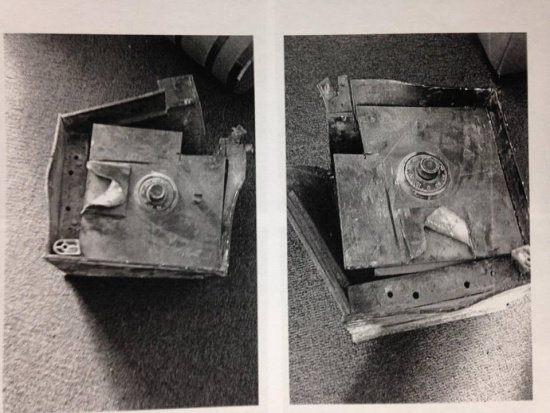
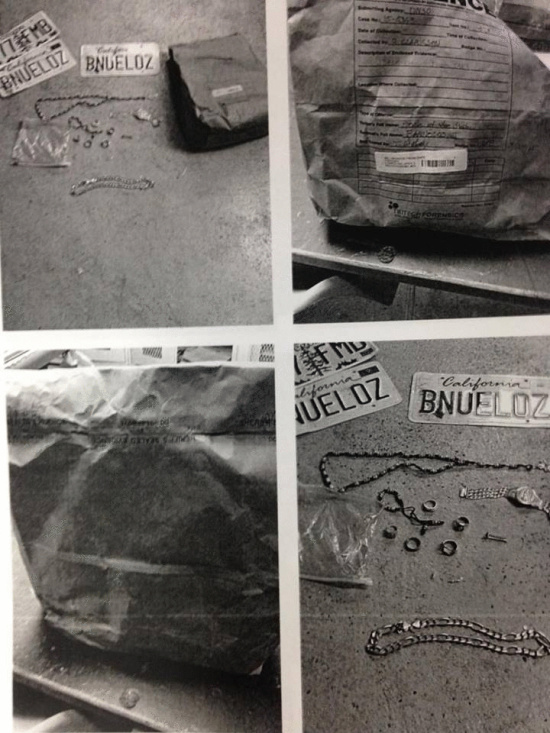

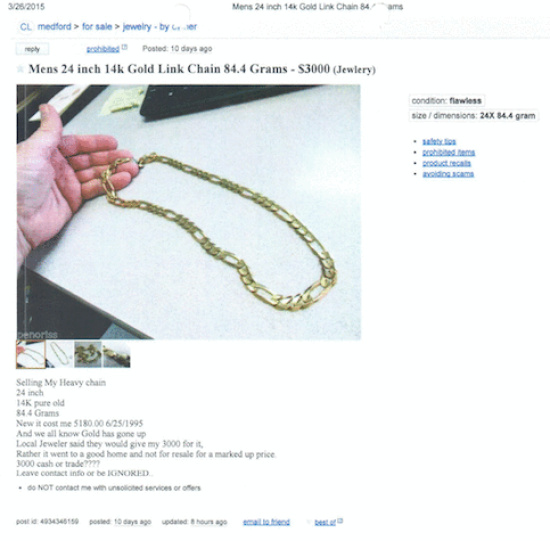
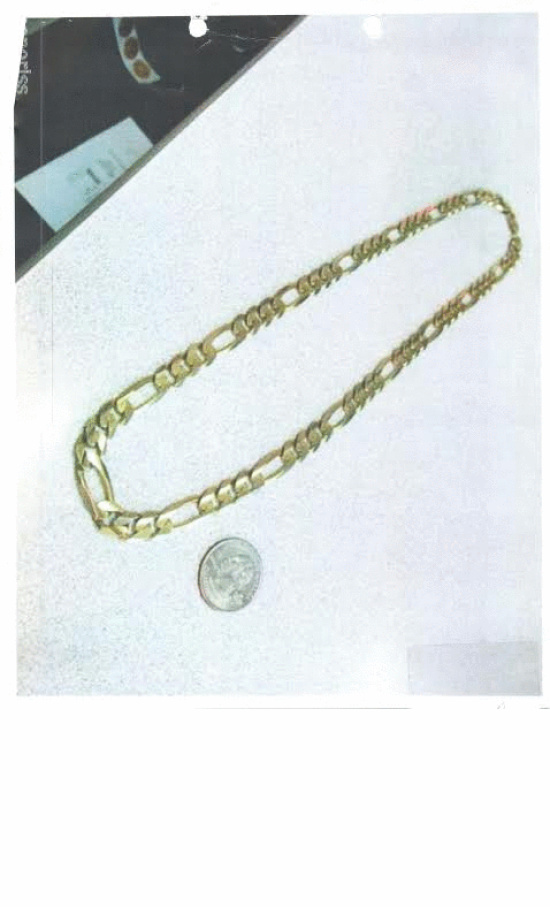
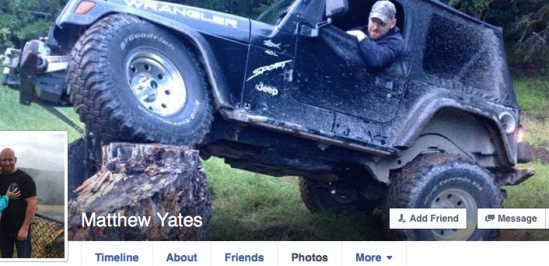
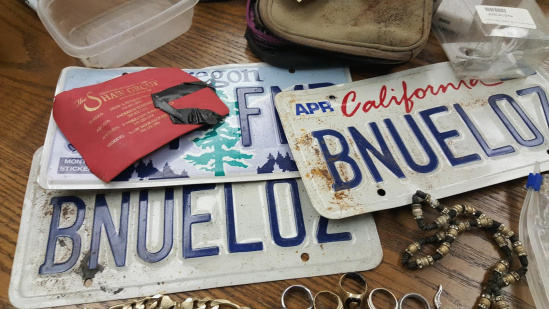
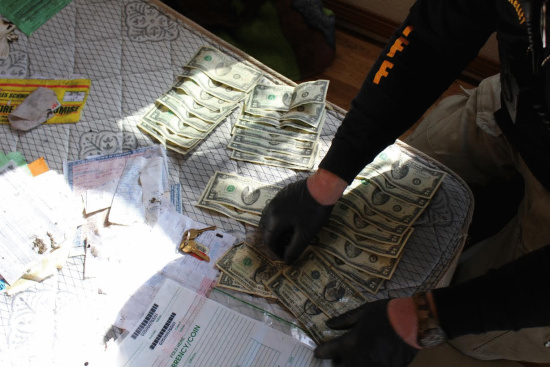
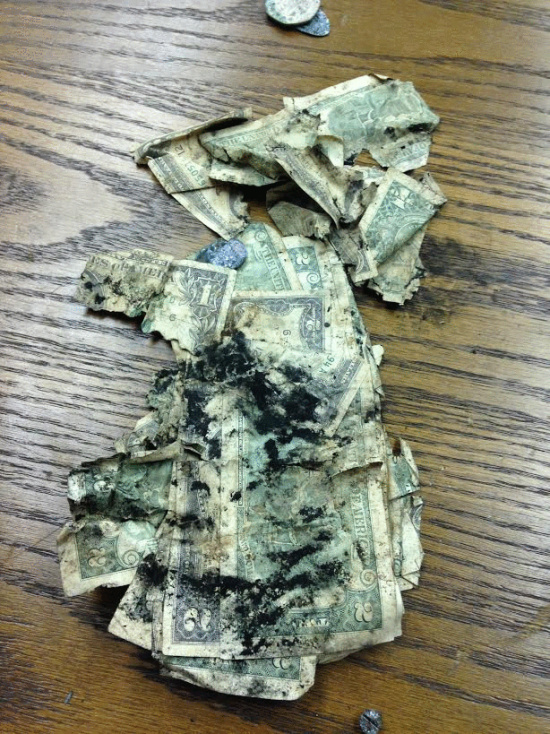
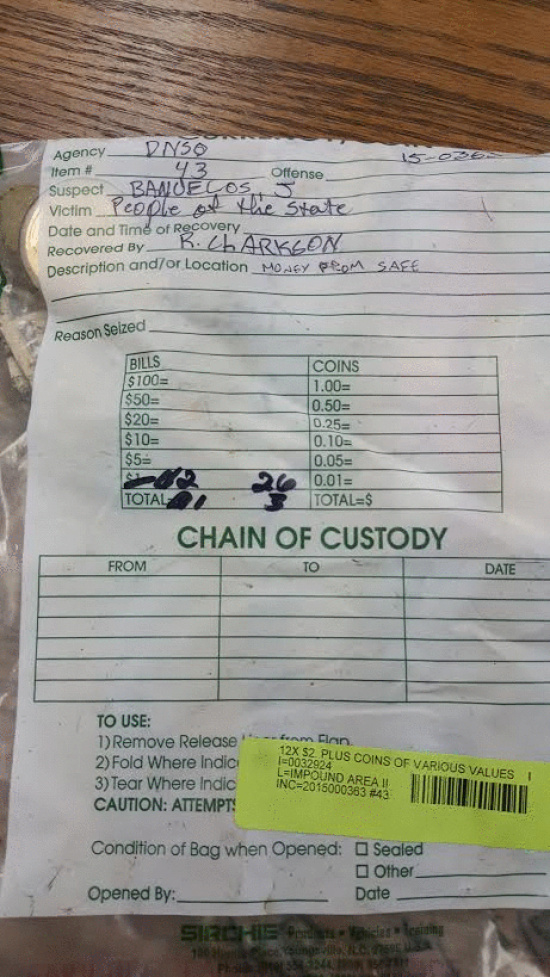
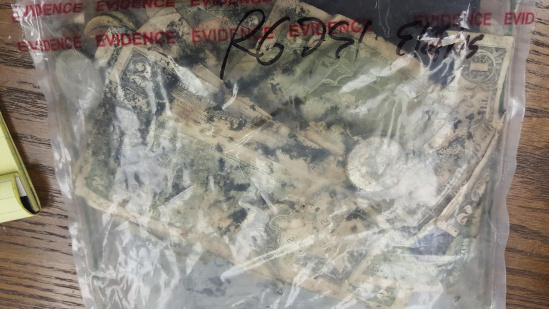



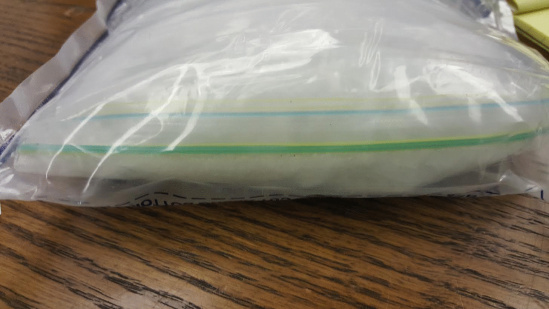
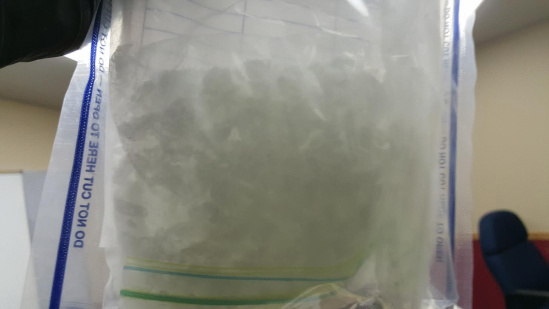
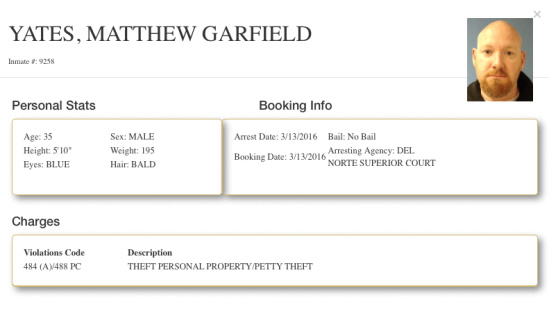
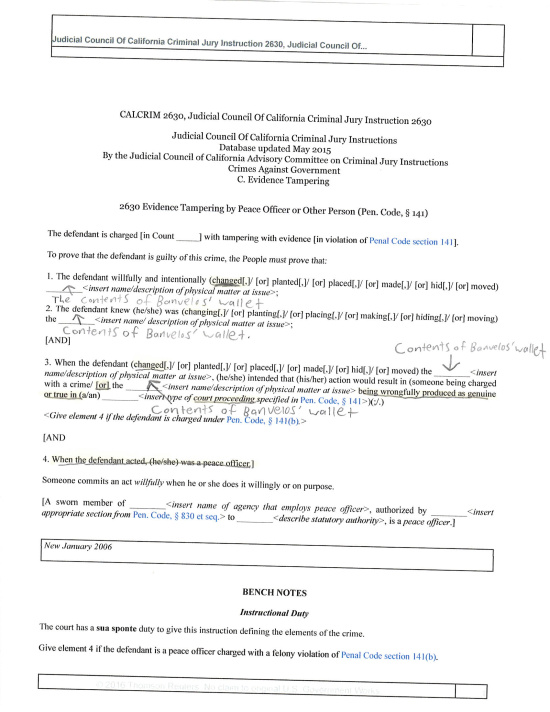
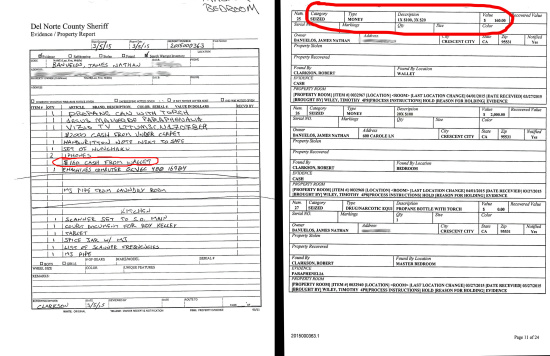
CLICK TO MANAGE